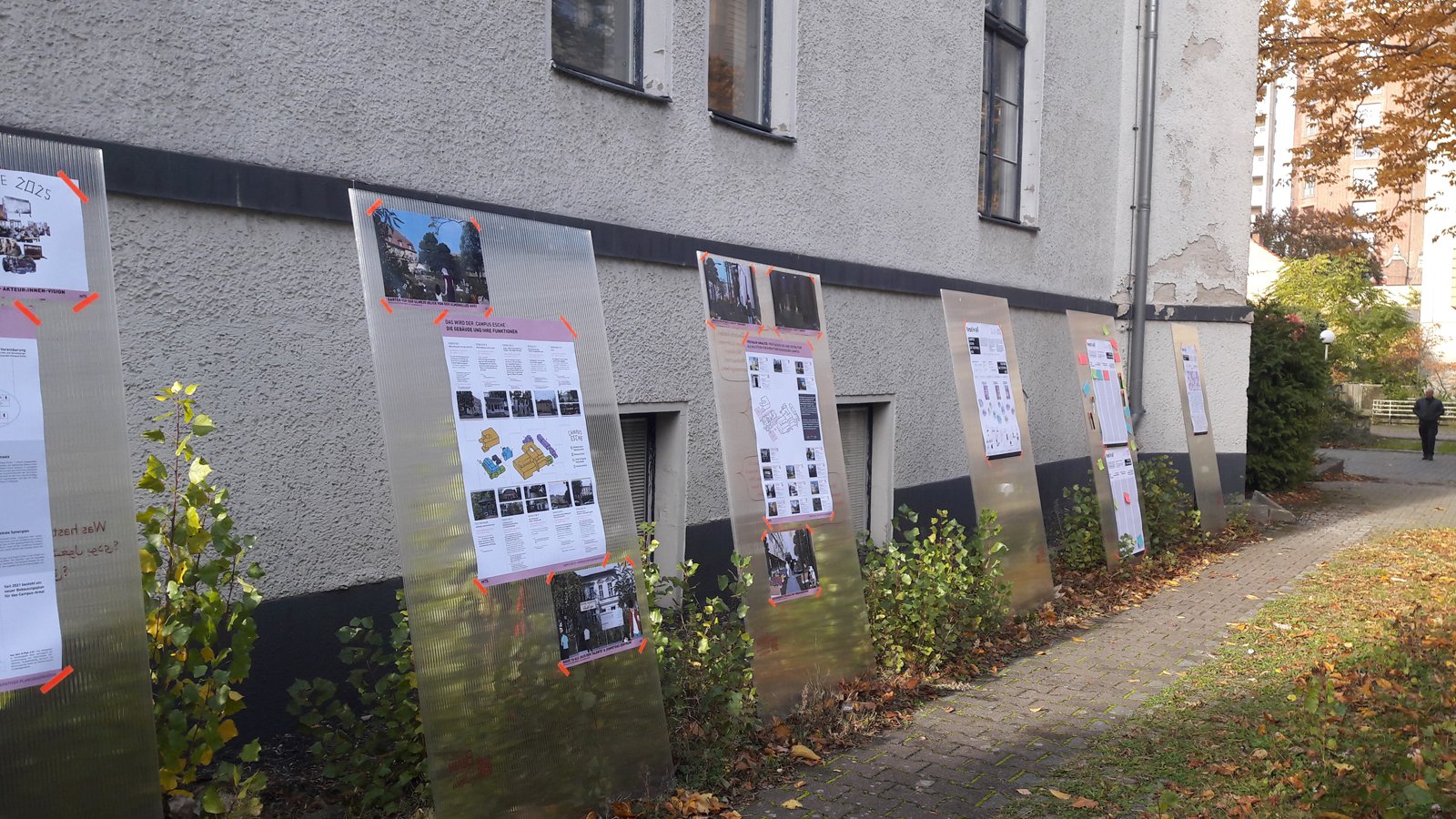Integration Hubs for Neighborhood Social Cohesion
How can long-term residents and recent immigrants be brought together for constructive exchange? What does it take to get there? We are supporting an integration hub concept addressing these very questions.
The MORE THAN SHELTERS concept ties in closely to the topics of neighborhood development and socio-spatial integration: Integration hubs provide a platform to bring all the different stakeholders together under one roof in areas with high levels of immigration. “First, we need a space. This could be anything depending on the location – from a traveling integration-mobile to a permanent neighborhood center,” explains Daniel Kerber, founder and CEO of MORE THAN SHELTERS. “This space needs to become and preserve the heart of the community, with everyone included at all times.” But a successful integration hub needs a rather specific mindset, with an approach that focuses on solutions, people, and potential.
"There are three central pillars lay the foundations for integration hubs: space, community, and mindset."
“The starting point so often seems to be the lack: ‘What are people missing? What can’t they do?’ Instead, we want to turn this mindset on its head, focusing on what people do have – the resources, dreams, ideas, and wishes they can add to the system in place,” adds Kerber.
How to make social integration work?
The concept was developed over the course of two separate projects. Stakeholders active at welcome points – for example train stations or integration cafés – in early 2016 were surveyed with the aim of identifying both success factors and challenges in social integration projects. This issue was subsequently explored in greater depth across 20 different locations with the research question: How to make social integration work? In a next stage, the MORE THAN SHELTERS team in partnership with the Robert Bosch Stiftung set about developing concepts through workshops as well as their own integration projects. Initial ideas were systematically tested and analyzed in trial projects, including across participation and creative work in an intercultural context. Among other things, this led to the creation of a curriculum that translates the resource-focused approach into real-world action points. MORE THAN SHELTERS then worked with microprojects, including an allotment project and an intercultural cooking initiative, to test and further develop these guidelines for action.
Prototypes in Berlin und Stuttgart
“At a certain point, we had to ask ourselves: How do we move forward? What can we take away from these test projects?” explains Daniel Kerber. The answers to these questions are currently playing out at two separate locations in Stuttgart and Berlin. In Stuttgart, various local spaces and small initiatives have been set up within one urban neighborhood, while the integration hub in Berlin-Westend is growing into a central campus to connect a range of actors from the neighborhood, politics, and administration, including a number of Berlin Senate administrators.
“It’s also essential to establish communication structures, both to ensure contact with local municipal government and with the local community. We all need to understand the enormous added value afforded by the integration hub in the short, medium, and long term – I’m talking about bolstering neighborhood social cohesion and effectively reducing social tensions.” Kerber continued to explain the importance of anchoring integration hubs in regular structures from the outset in order to secure long-term funding. Before launching the Berlin integration hub, MORE THAN SHELTERS carried out feasibility checks.
Location of the campus in the Charlottenburg-Wilmersdorf district, Berlin.
Integration hubs in rural areas
MORE THAN SHELTERS wants to take the integration hubs to new locations. According to Kerber, rural areas need mobile, decentralized solutions and a solid understanding of how the community is spread out and connected.
The approach plays out step-by-step: First, a systems analysis takes place on the ground to get a feel for the context and establish whether the concept can in fact succeed. Next, local partners draw up a rough concept to adapt the three pillars for the local area. This is followed by implementing and trialing the rough concept, with the lessons learned from this practice-run serving to further develop the concept. The process is then repeated until the local integration hub can be fully established.
Daniel Kerber emphasizes: “There’s still not a great deal of empirical data on implementing integration hubs in rural areas, but we are seriously interested in trialing the concept here. I for one am convinced it can work.”

